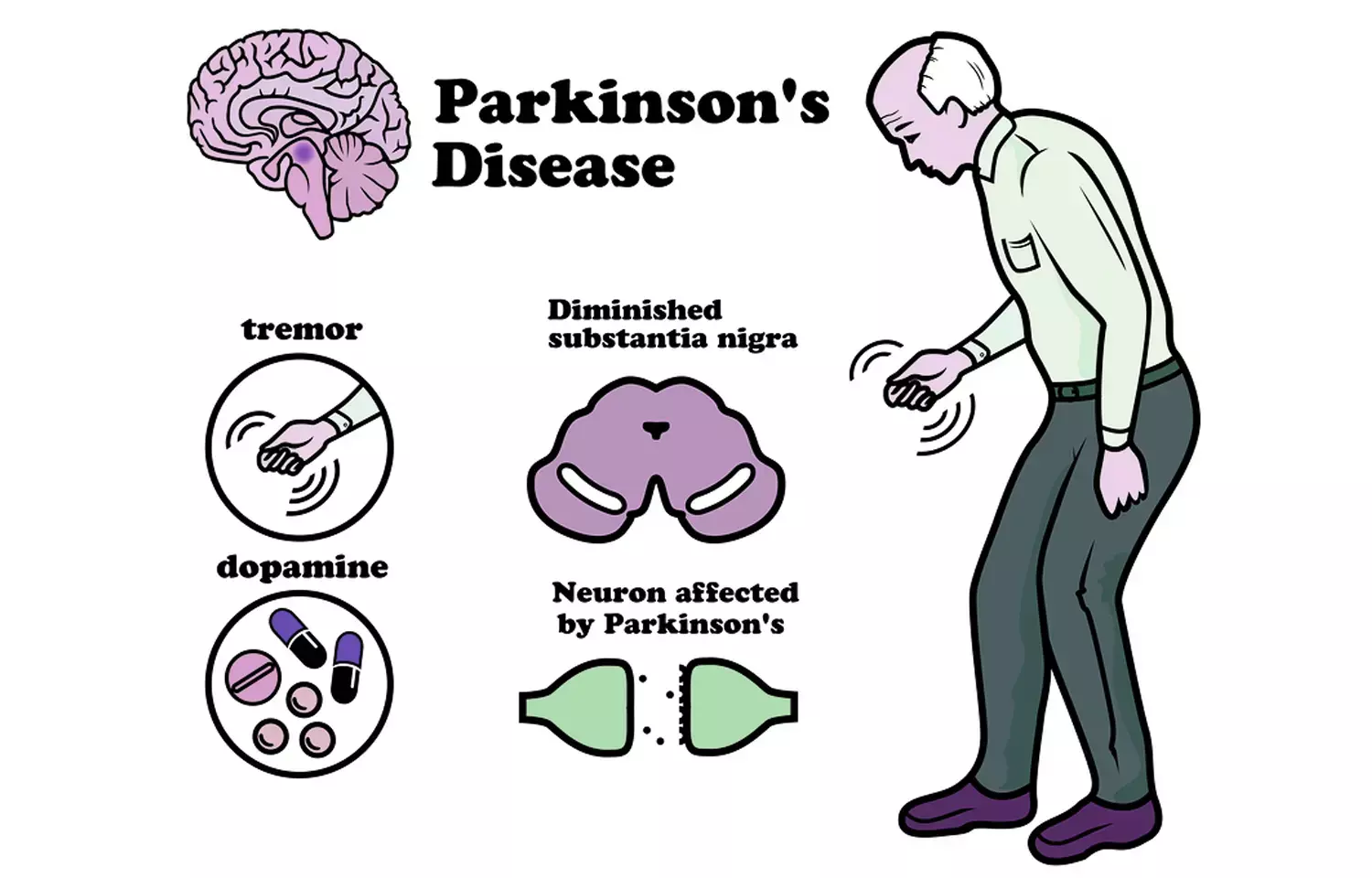Affordable Care Act (ACA)
Affordable Care Act (ACA)
3 cited sources not older than 2015
Case Study, Chapter 21, Health Care Reform: The Dismantling of the
As we entered 2018, millions of Americans still relied on Affordable Care Act (ACA) subsidies, health premiums were soaring, and provider choice was more limited than ever. There was, however, momentum for reform. Health care was identified as the country’s leading priority for Democrats (54%) and the second highest priority for Republicans (42%) at the close of 2017.
A group of registered nurses debate the issue of health care reform.
- The nurses debate whether the country feels that health care reform is really necessary. Discuss reasons why reform is needed and what that reform should address.
- What were the 10 essential benefits guaranteed by insurance plans in the ACA Health Care Marketplace?
- What are the successes of the ACA?
- What are the failures of the ACA?

Necessity for Health Care Reform
Health care reform is necessary for several reasons. Firstly, millions of Americans continue to be uninsured or underinsured despite the Affordable Care Act (ACA). The U.S. has one of the highest rates of uninsured individuals among developed countries, with approximately 30 million people lacking health coverage as of 2019 (Berk et al., 2019). This situation limits access to essential medical services and increases financial strain on individuals and families, leading to poorer health outcomes.
Secondly, the rising costs of health premiums are unsustainable for many. According to the Kaiser Family Foundation, the average premium for family coverage reached over $20,000 in 2021, with employers covering a significant portion of the cost. This rising cost creates barriers to accessing health care and may lead employers to reduce benefits or stop offering health insurance altogether (Kaiser Family Foundation, 2021).
Lastly, the provider choice issue needs to be addressed. Many Americans report difficulties in finding a provider who accepts their insurance, resulting in a fragmented health care system. This can lead to delays in receiving care and contribute to poorer health outcomes (Davis et al., 2020).
Essential Benefits Guaranteed by the ACA
The ACA guarantees ten essential health benefits that insurance plans must cover in the Health Care Marketplace. These benefits include:
- Ambulatory patient services (outpatient care)
- Emergency services
- Hospitalization (including surgery and overnight stays)
- Maternity and newborn care (pre and postnatal care)
- Mental health and substance use disorder services, including behavioral health treatment
- Prescription drugs
- Rehabilitative and habilitative services and devices (helping people with injuries or disabilities)
- Laboratory services
- Preventive and wellness services and chronic disease management
- Pediatric services, including oral and vision care (HealthCare.gov, n.d.).
These essential benefits are designed to ensure that all individuals have access to comprehensive health care coverage.
Successes of the ACA
The ACA has had several notable successes. It significantly reduced the uninsured rate in the United States, particularly among low-income individuals and minorities. For example, from 2010 to 2016, the uninsured rate among nonelderly adults fell from 16% to 8% (Gaffney & Himmelstein, 2020). Additionally, the law has improved access to preventive services, with millions of Americans receiving services without cost-sharing (National Center for Health Statistics, 2021).
Moreover, the ACA has enhanced protections for individuals with pre-existing conditions, ensuring that they cannot be denied coverage or charged higher premiums based on their health status (Buchmueller et al., 2020).
Failures of the ACA
Despite its successes, the ACA also has significant failures. One of the major shortcomings is the rising costs of premiums and out-of-pocket expenses, which have continued to increase despite the law’s intent to make health care more affordable (Kaiser Family Foundation, 2021).
Furthermore, the political landscape surrounding the ACA has led to instability, with numerous attempts to repeal or undermine the law. This uncertainty can deter individuals from enrolling in coverage, as they may fear losing their plans (Gaffney & Himmelstein, 2020).
Finally, while the ACA expanded coverage, many rural areas still face shortages of providers, leading to difficulties accessing care (Davis et al., 2020). This issue exacerbates health disparities, particularly in underserved populations.
References
- Berk, M. L., Schur, C. L., & Eber, M. (2019). The uninsured in 2019: A primer. The Commonwealth Fund. https://www.commonwealthfund.org/publications/issue-briefs/2019/jan/uninsured-2019-primer
- Buchmueller, T. C., Levy, H. G., & Schmitz, H. (2020). The effect of the Affordable Care Act on health insurance coverage in 2014. Health Affairs, 39(6), 1060-1067. https://doi.org/10.1377/hlthaff.2019.01476
- Davis, K., Schoen, C., & Stremikis, K. (2020). The Commonwealth Fund 2020 Affordable Care Act Tracking Survey: A 2020 Perspective. The Commonwealth Fund. https://www.commonwealthfund.org/publications/surveys/2020/jul/2020-affordable-care-act-tracking-survey
- Gaffney, A., & Himmelstein, D. U. (2020). The Affordable Care Act: A narrative. The American Journal of Public Health, 110(12), 1687-1693. https://doi.org/10.2105/AJPH.2020.305962
- Kaiser Family Foundation. (2021). 2021 Employer Health Benefits Survey. https://www.kff.org/report-section/ehbs-2021-summary-of-findings/
- HealthCare.gov. (n.d.). Essential health benefits. https://www.healthcare.gov/coverage/essential-health-benefits/
- National Center for Health Statistics. (2021). Health, United States, 2020: The health status of the United States. https://www.cdc.gov/nchs/hus/index.htm




